I'm studying the analog voltage reference circuit described in the AVR450 Application Note - Battery Charger for SLA, NiCd, NiMH and Li-Ion Batteries, which schematic is below (copied from page 38).

On page 40, there's a schematic showing the MCU connections for the charger where the analog reference circuit is used (picture below). Marked in red there's a component (a BLM-21) whose symbol looks like an inductor, but I'm not sure what exactly it is.

I found online that it seems to be a ferrite bead inductor.
My questions are:
What is the purpose of that component in the aforementioned circuit? It looks to me that it may be part of a LC filter with C9. Is that it?
What happens if I omit it?


